REGADENOSON
- CAS NO.:313348-27-5
- Empirical Formula: C15H18N8O5
- Molecular Weight: 390.35
- MDL number: MFCD09832544
- SAFETY DATA SHEET (SDS)
- Update Date: 2025-07-04 15:25:56
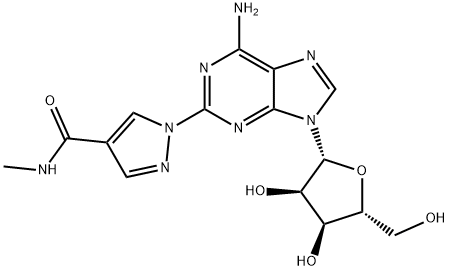
What is REGADENOSON?
Absorption
The pharmacokinetic profile of regadenoson is best described by a 3-compartment model. T max, injection = 1 to 3 minutes; Onset of pharmacodynamic response = 1 to 3 minutes; E max 12.3 ng/mL
Toxicity
The most common (incidence ≥ 5%) adverse reactions to regadenoson are dyspnea, headache, flushing, chest discomfort, dizziness, angina pectoris, chest pain, and nausea. MTD (male, supine position): 20 μg/kg; MTD (male, standing position): 10 μg/kg;
Description
Lexiscan ™(regadenoson) is an injectable adenosine A2A receptor agonist for use as a pharmacologic stress agent in myocardial perfusion imaging (MPI) studies in patients unable to undergo adequate exercise induced stress. Regadenoson is the first adenosine A2A receptor agonist shown to be safe and effective as a pharmacologic stress agent in MPI studies. It is delivered as a rapid bolus (approximately 10 seconds) with no dose adjustment required for body weight. The product was developed under a license and collaboration agreement between CV Therapeutics and Astellas, and was launched by Astellas in June of 2008.
Description
Regadenoson is a coronary vasodilator sold under the trade names Lexiscan (Astella Pharma) and Rapiscan (GE Healthcare). It is an adenosine derivative that acts as an A2A?adenosine receptor agonist. Recently, M. S. Bynoe and co-workers showed that adenosine released when regadenoson is injected into mice?temporarily opens the blood–brain barrier?to admit antibodies and polysaccharides.
Chemical properties
Off-White Solid
The Uses of REGADENOSON
Regadenoson is a selective, short-acting adenosine A2A receptor agonist (Ki = 1.1 nM for pig striatum A2A receptor). It increases coronary blood flow 3.4- to 3.8-fold with a half-time to reversal of 1.9-2.6 minutes in open-chest anesthetized pigs. Regadenoson is used to induce hyperemia (increased blood flow), particularly in the context of myocardial perfusion imaging. It has also been found to increase the delivery of compounds to the central nervous system through the blood-brain barrier in animals.
The Uses of REGADENOSON
A selective A2A adenosine receptor agonist in myocardial imaging
The Uses of REGADENOSON
Regadenoson is a selective and potent A2A adenosine receptor agonist (1). The adenosine A2A receptor is a G-protein-coupled receptor and a key therapeutic target for oncologic, inflammatory, Parkinson''s and cardiovascular diseases (2). In rodent studies, it has been shown that co-administration of Regadenoson with Temozolomide (T017775) can increase Temozolomide concentration in the brain (3).
Indications
Diagnostic agent for radionuclide myocardial perfusion imaging (MPI)
Background
Regadenoson is an A2A adenosine receptor agonist that causes coronary vasodilation and used for myocardial perfusion imagining. Manufactured by Astellas and FDA approved April 10, 2008.
What are the applications of Application
Regadenoson is a selective A2A adenosine receptor agonist in myocardial imaging
Definition
ChEBI: Regadenoson is a purine nucleoside.
Pharmacokinetics
Regadenoson rapidly increases coronary blood flow (CBF) which is sustained for a short duration. Mean average peak velocity increased to greater than twice baseline by 30 seconds and decreased to less than twice the baseline level within 10 minutes. Myocardial uptake of the radiopharmaceutical is proportional to (CBF). Regadenoson increases blood flow in normal coronary arteries but not in stenotic (blocked) arteries. The significance of this finding is that stenotic arteries will take up less of the radiopharmaceutical than normal coronary arteries, resulting in a signal that is less intense in these areas.
Synthesis
The synthesis of regadenoson has been reported in several papers and patents and a scalable procedure is detailed in the scheme. The synthesis was initiated with the reaction of 2- chloroadenosine hemihydrate (94) and hydrazine monohydrate at 40-50 ??C to provide 95 in 81% yield with 99.3% purity. Hydrazine 95 was condensed with ethyl-2-formyl-3- oxopropionate (96) under refluxing IPA to furnish the pyrazole 97 in 77% yield which was collected by filtration and used in next step without further purification. Pyrazole 97 was then reacted with methyl amine at room temperature to provide regadenoson (XV). Although the yield was not reported, the product was collected by simple filtration.
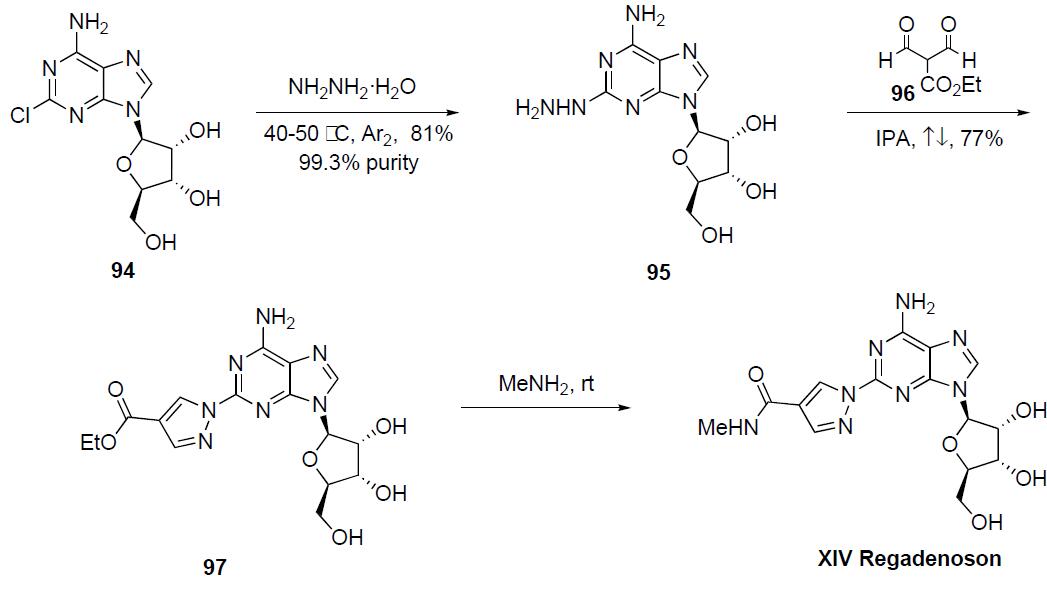
in vitro
regadenoson was selective for the a2a adenosine receptor versus the a1, a2b, and a3 receptors in binding and functional studies. regadenoson was also found to be a full and potent agonist to cause coronary vasodilation, a response that has a very large a2a receptor reserve [1].
in vivo
in a study of 10 conscious dogs, authors compared intravenously injected regadenoson to that of adenosine. regadenoson caused a dose-dependent increase of coronary blood flow (cbf), whereas adenosine was less potent but produced equivalent hyperemia. thus, authors concluded that regadenoson is a potent coronary vasodilator with a short duration of action, minimal and transient systemic hemodynamic effects, and ease of administration [1].
Metabolism
The metabolism of regadenoson is unknown in humans. The cytochrome P450 enzyme system is not likely to be involved with the metabolism of regadenoson.
References
[1] cerqueira md. the future of pharmacologic stress: selective a2a adenosine receptor agonists. am j cardiol. 2004 jul 22;94(2a):33d-40d; discussion 40d-42d.
Properties of REGADENOSON
| Melting point: | 158-160°C |
| Density | 1.98±0.1 g/cm3(Predicted) |
| storage temp. | Keep in dark place,Sealed in dry,2-8°C |
| solubility | DMSO (Slightly), Methanol (Slightly, Sonicated) |
| form | Solid |
| pka | 13.07±0.70(Predicted) |
| color | Off-White to Pale Brown |
| CAS DataBase Reference | 313348-27-5 |
Safety information for REGADENOSON
Computed Descriptors for REGADENOSON
REGADENOSON manufacturer
New Products
Indole Methyl Resin tert-butyl 9-methoxy-3-azaspiro[5.5]undecane-3-carboxylate Boc-His(Boc)-OH 2-CTC Resin 4-Chloro-7-tosy1-7Hpyrrolo[2,3-d]pyrimidine 5,7-Dibromo-1H-indole 2,5-dichloro-N-hydroxy-4,6-dimethylpyridine-3-carboximidamide 2,2-Dimethoxy-7-azaspiro[3.5]nonane hydrochloride 4-chloromethyl-5-methyl-1,3-dioxol-2-one (DMDO-Cl) R-2-BENZYLOXY PROPIONIC ACID 1,1’-CARBONYLDIIMIDAZOLE 1,1’-CARBONYLDI (1,2-4 TRIAZOLE) N-METHYL INDAZOLE-3-CARBOXYLIC ACID 4-((2-hydroxyethyl)thio)benzoic acid 1-(TERT-BUTOXYCARBONYL)-2-PYRROLIDINONE Methyl 6-methylnicotinate 3-Pyridineacrylic acid tert-Butyl carbazate TETRAHYDRO-2H-PYRAN-3-OL 2-((4-morpholinophenylamino) (methylthio) methylene) malononitrile 3-(4-morpholinophenylamino)-5-amino-1H-pyrazole-4-carbonitrile 2,4-dihydroxybenzaldehyde 1,3-Diethyl-1,3-Diphenylurea Methyl 2-methylquinoline-6-carboxylateRelated products of tetrahydrofuran


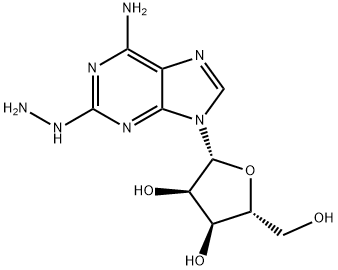
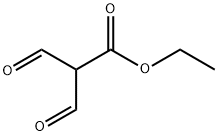
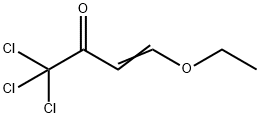
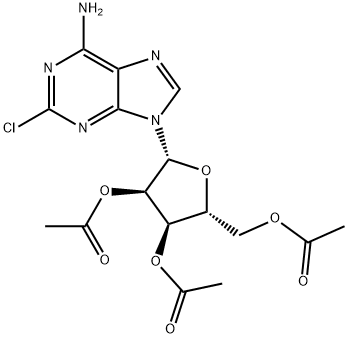

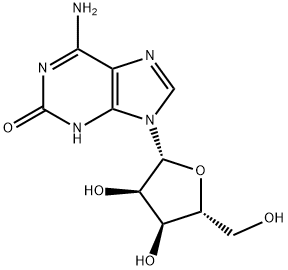
You may like
-
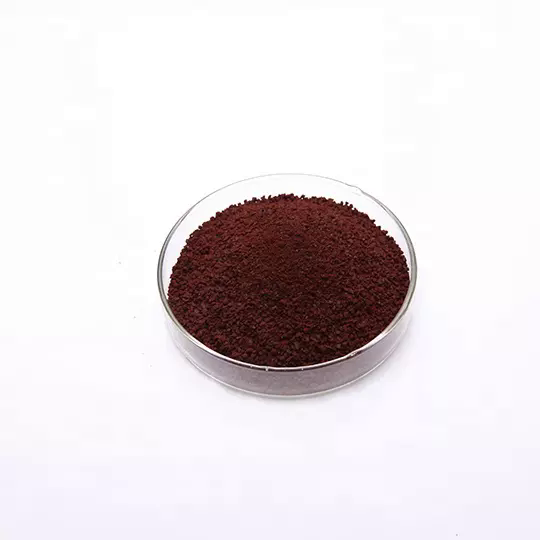 313348-27-5 Regadenoson 98%View Details
313348-27-5 Regadenoson 98%View Details
313348-27-5 -
 313348-27-5 98%View Details
313348-27-5 98%View Details
313348-27-5 -
 313348-27-5 Regadenoson 98%View Details
313348-27-5 Regadenoson 98%View Details
313348-27-5 -
 Regadenoson CAS 313348-27-5View Details
Regadenoson CAS 313348-27-5View Details
313348-27-5 -
 Pyridine 99.5% HPLC /UV SpectroscopyView Details
Pyridine 99.5% HPLC /UV SpectroscopyView Details
110-86-1 -
 Dibutyl PhthalateView Details
Dibutyl PhthalateView Details
84-74-2 -
 Imidazole Spot supply, competitive priceView Details
Imidazole Spot supply, competitive priceView Details
288-32-4 -
 Thiourea 99% ARView Details
Thiourea 99% ARView Details
62-56-6
